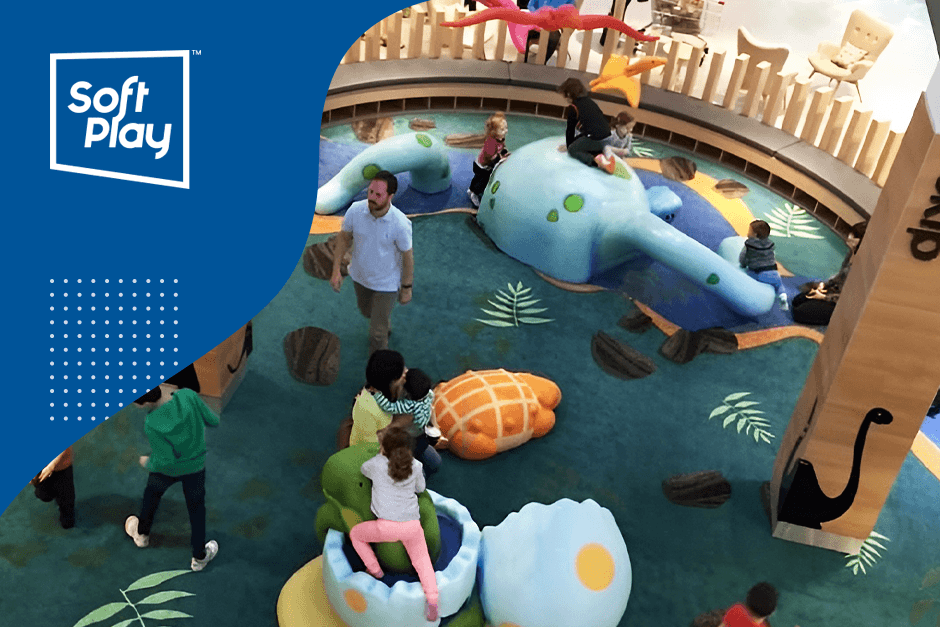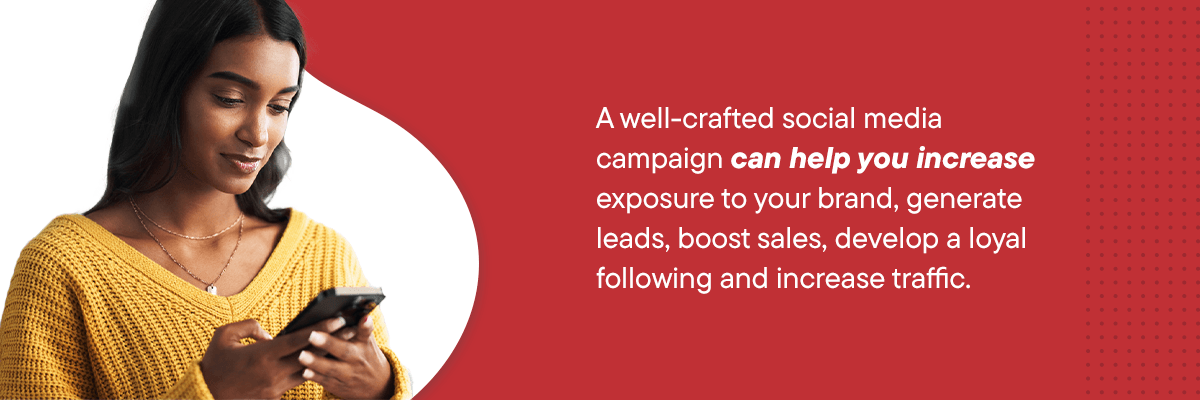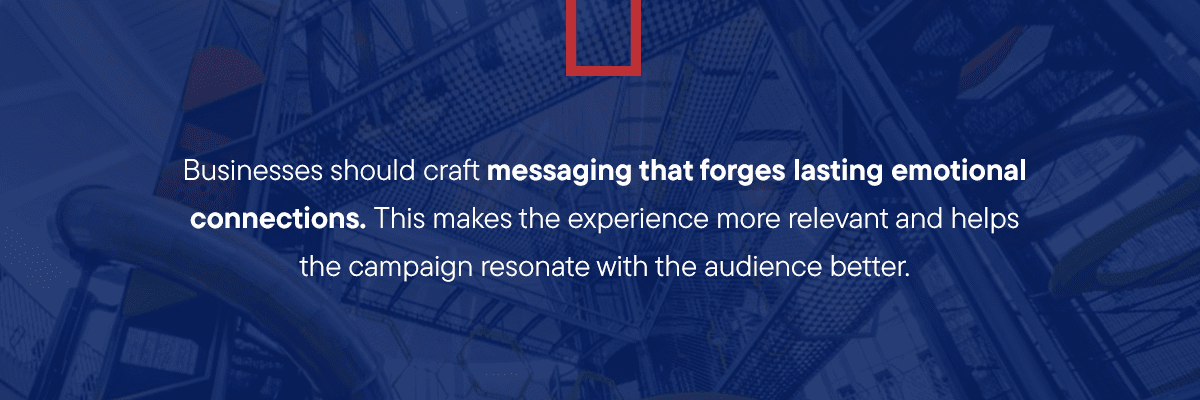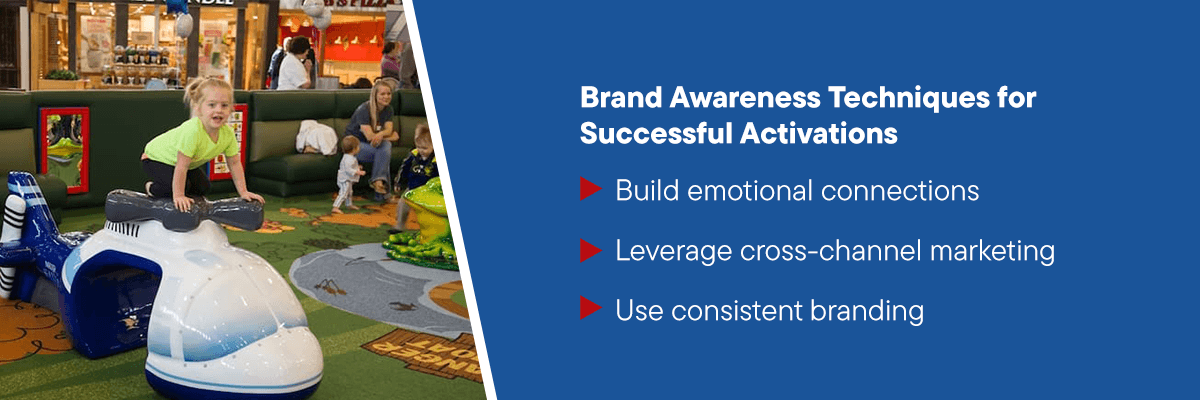What Is Brand Activation?

What Is Brand Activation?
Brand activation is a marketing strategy that breathes life into a brand through creative events, campaigns and experiences — all in the name of brand awareness, audience engagement and customer loyalty.
Brand activation focuses on reaching a broad audience through meaningful and memorable messages. It aims to influence a company’s target audience to view its brand positively and develop a connection with its values and identity.
Defining Brand Activation
Brand activation is about enhancing awareness and increasing customer loyalty. The primary goal is to boost sales by forming a deeper connection with the target audience. Brand activation is made up of the following components:
- Emotional response: Brand-activated strategies are designed to elicit an emotional response from consumers. It shows them how the product can improve their lives through an emotionally tailored medium.
- Interactive setup: Unlike traditional advertisements, which are primarily visual, brand activation is about getting customers to interact with the company in a positive and memorable way. Businesses can do this through launch events or social media posts that allow the audience to engage directly with the establishment.
- Personal connection: Brand activation makes the company feel like a part of the family. Consumers engage in a meaningful way, helping me create a personal connection. It improves customer loyalty and positive brand associations.
Types of Brand Activation Strategies
Once you understand what brand activation is in marketing and why it’s important, you can start planning strategies for your company’s brand. Know your options and how they might affect your campaign.
Here are some common brand activation strategies you can use to create awareness and reel in your audience:
Experiential Marketing
Experiential marketing is what businesses use to create an emotional bond with their customers. It typically involves hosting an interactive, memorable event. The aim is to immerse your audience in a tangible brand experience rather than solely relying on product-centric methods like Instagram posts.
Your audience will likely remember an in-person experience far longer than any digital marketing campaign. So, while developing a digital footprint is essential, creating entertaining and novel experiences is more valuable to the audience. They drive more loyalty and engagement — and are more shareable.
One of experiential marketing’s most significant benefits is that it encourages participants to share their experiences. In turn, they’re more likely to promote your business’s values and sentiments on social media and through referrals. This ripple effect entices more interaction from friends and family who don’t want to miss out. More organic engagement sets your business apart from the competition.
Influencer Partnerships
Influencer partnerships involve associating your business’s brand with an influencer whose followers include a significant portion of your target audience. Collaborating with them is a valuable reinvestment because your customers may value the opinions of their favorite social media influencers. The campaign becomes more effective if you can use an influencer’s credibility and reach to attract your audience.
These partnerships aren’t just about building a following — they help you create trust and relatability. Influencers have a more intimate relationship with their followers and a better understanding of what unique selling points appeal to them. That makes it easier for the influencer to present your company in a way that resonates with their audience, allowing for more organic brand awareness and sales growth.
Digital and Social Media Campaigns
Digital and social media campaigns use digital channels to reach your company’s audience. For example, marketers create highly targeted content across channels like Facebook, search engines and email. This strategy allows your business to track the audience’s responses in real time. It’s perfect for brand engagement because you can use their behaviors to craft interactive experiences that resonate with them.
A well-crafted social media campaign can help you increase exposure to your brand, generate leads, boost sales, develop a loyal following and increase traffic. Compared to traditional advertising methods, social media can create more hype, excitement and engagement, making it more memorable and shareable. It’s also ideal when you want to spread awareness quicker and reach a broader audience across different digital channels.

Event-Based Brand Activation
Event-based brand activation is a branded activity in a real-world event that people can interact with and participate in. These events elevate your company’s brand through immersive experiences, much like experiential marketing. They help you nurture lasting connections with your audience by influencing their perception of your brand.
The type of event you host depends on your brand and the campaign’s goals. Do you want to create excitement around a new product to show enthusiasm, or do you want to sponsor a music festival to show your fun side? When you host a unique event, it builds engagement — not just from your target audience but from people who wouldn’t otherwise encounter your brand. It also helps your audience better relate to your brand, fostering customer loyalty and awareness.
6 Steps to Execute a Successful Brand Activation Campaign
Planning is the most important step when developing a brand activation campaign. You need to lay everything out before starting — from identifying your audience to setting a budget and crafting your messages.
Follow these six steps to craft an effective plan and execute a successful brand activation campaign:
1. Identify Your Target Audience
Understanding your target audience is at the core of brand activation. Businesses must be able to create engagement that resonates with customers to build a successful campaign. You can conduct market research to obtain vital audience data like age, location and pain points. Use these insights to find the best marketing channels to connect with them and tailor your messaging to match their values and desires.
Brand activation is what companies use when they aim to form a long-term relationship with customers. The best way to achieve this is by creating a personal connection with each consumer. Strategies like social media marketing and events allow companies to develop this one-on-one feeling.
Having a profound understanding of what your audience wants to get out of an experience with a particular product can help you meet and exceed expectations.
2. Set Clear Objectives
Once you understand who you’re targeting the campaign to, it’s important to set clear objectives to guide the process. Determine what you want to achieve from this brand activation. Set realistic and measurable goals that provide direction to your activation efforts.
If this is your first brand activation campaign, try not to get too caught up in the sales outcome. Focus on building engagement first. With time and consistency, brand activation will help improve sales and boost retention.
3. Create a Budget
Decide how much you’d like to spend on brand activation. New businesses also need to consider brand creation expenses. It’s best to invest in brand activation strategies that render long-term results.
If you have a larger budget, consider investing in a permanent physical activation. For example, playgrounds can engage communities and help create positive memories with your brand. Compared to a temporary event, they also produce long-term results.
4. Craft a Compelling Message
Businesses should craft messaging that forges lasting emotional connections. This makes the experience more relevant and helps the campaign resonate with the audience better.
Here are a few top tips for creating a compelling message that aligns with the campaign’s theme:
- Tell your brand story in a way that speaks to the desires or values of your audience.
- Share your mission and values with customers.
- Use messaging to highlight your value proposition and a unique selling proposition.
- Offer your brand promise to customers by telling them what they can expect to receive through your campaign.
- Align your messaging tone with your customer demographic.

5. Select the Appropriate Activation Channels
It’s important to choose the most suitable activation channels for your target audience. To create a successful brand activation campaign, ensure most of the action is where your audience is. For example, if your target demographic spends a lot of time on social media, your campaign messaging and activation should have a significant digital presence.
When selecting the activation channel, it should align with your overall marketing strategy and vision. Here are some of the popular activation channels:
- Social media campaigns
- In-store events
- Giveaways
- Pop-up shops
- Brand collaborations
- Product samples
6. Conduct Post-Campaign Analysis
Conducting adequate market research and following the steps above is what businesses do to ensure brand activation campaigns are successful. You’ll be able to classify it as a win when you see more traffic on your website, increased engagement with your brand and higher sales.
Metrics are crucial to measuring your campaign’s success and understanding what you can improve on in the future. Measure a variety of them to determine how your campaign influenced your audience and how they responded to your messaging.
Key performance indicators and engagement measurement tools are the best ways to analyze your campaign’s success and identify areas for improvement.

Brand Awareness Techniques for Successful Activations
If you want to stay ahead of the competition, activations are essential to spread brand awareness. Whether you throw an event or run a social media campaign, the goal is to present your brand in a meaningful, fun and memorable way.
Here are some techniques to consider when developing a brand activation plan:
- Building emotional connections: Research shows that emotions are vital in buying decisions, so creating an emotional bond between customers and your brand helps you influence them toward your offerings. Evoking positive emotions builds trust and loyalty, ultimately earning loyal customers.
- Leveraging cross-channel marketing: To spread awareness more effectively, it’s essential to use both online and offline marketing channels. Your messaging and brand must also be consistent across each platform and guide your audience from one to the other.
- Using consistent branding: Your company benefits from being recognizable across every marketing channel, campaign, and continent. It’s essential that your logos, tone of voice, and colors look, sound and feel the same at every consumer touch point. This consistency makes you memorable and reliable, boosts awareness and sales, and sets you apart from the competition.
Innovative Brand Activation Campaign Ideas
Whether you want to “wow” your audience with flashy displays or stir curiosity, there are plenty of creative ways to approach your brand activation campaign. If you’re looking for some inspiration to market your brand, take a look at these innovative ideas:
- Pop-up stores: These small, temporary retail store installations are used to build a customer base and spread awareness through word-of-mouth. They allow people to engage with your offerings in an in-person setting, making them popular options if your business is new to the area or you sell products online.
- Interactive installations: These can take many forms, from augmented reality displays to products the audience can interact with. They involve creating ways for your audience to engage with your brand through sensory experiences, making them popular options for design and technology-oriented companies.
- Themed brand parties: A fun way to involve your audience in your brand’s introduction is to throw a party. You can boost its effectiveness by applying a theme related to your brand. This method encourages people to create relationships with each other and the brand and entices more people to join the fun.
- Playground installations: Playgrounds can offer a variety of brand awareness opportunities as a brand activation tactic. Sponsor one in your community, build one in or around your business, or set up a temporary installation for an event. They’re ideal if your target audience is predominantly families and you’re looking to build a loyal customer base that’ll grow with your business.
Activate Your Brand With Soft Play®
If you’re looking for a creative way to launch your brand or build hype around it, look no further than Soft Play. We’ve been creating play equipment that attracts families to businesses for over 40 years. Whether you want to set up a sensory, themed or water playground as a permanent or temporary fixture, we’re your turnkey solution for brand activation.
As a global leader in contained playground equipment, we know our playgrounds can help your business grow. They help you show families your company is invested in building relationships and creating entertaining and memorable experiences. Keep your audience coming back for more — contact us today so we can help you find inspiration for a playground brand activation that suits your needs.
